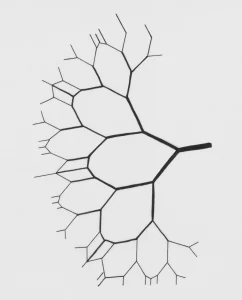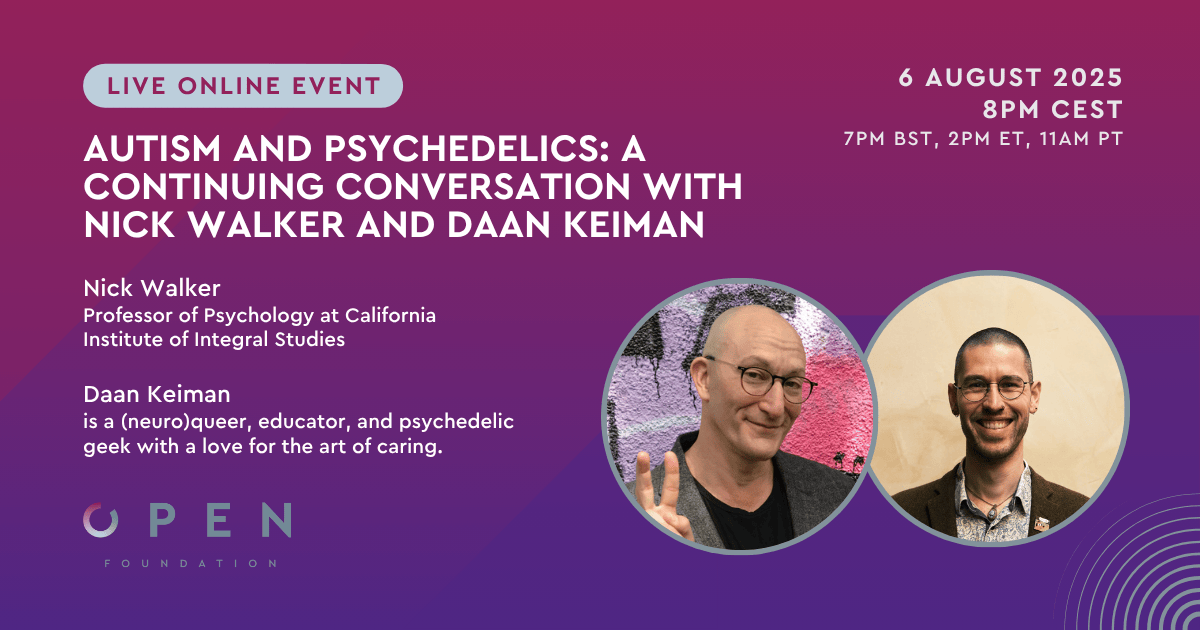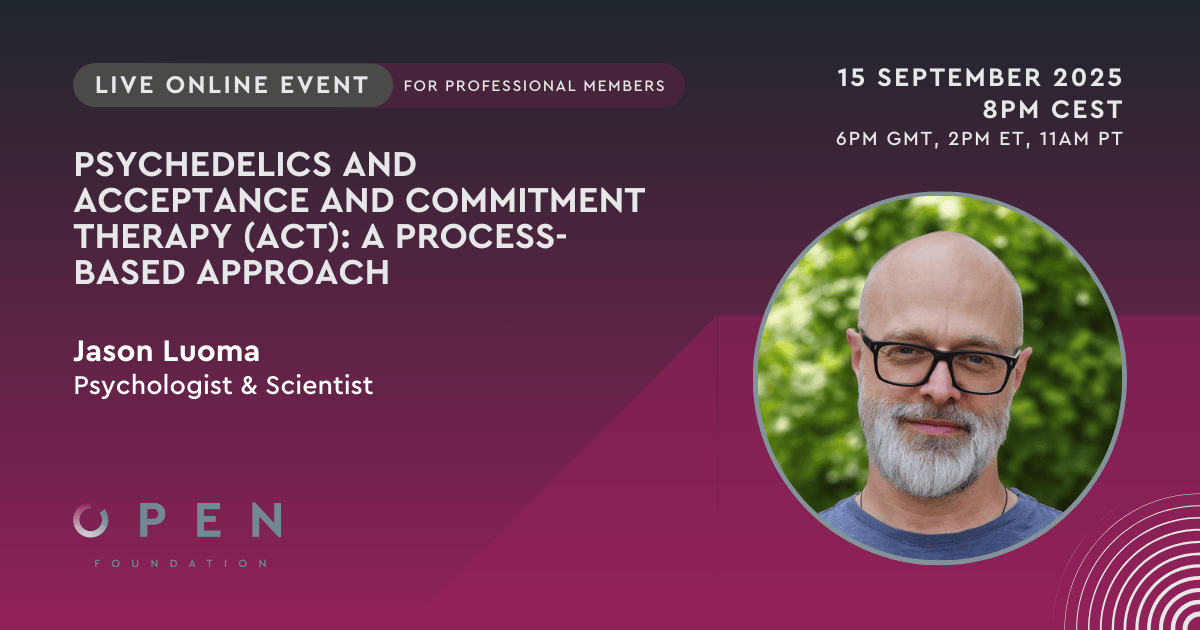Abstract
Background
Low-dose ketamine has been found to have robust and rapid antidepressant effects. A hypoactive prefrontal cortex (PFC) and a hyperactive amygdala have been suggested to be associated with treatment-resistant depression (TRD). However, it is unclear whether the rapid antidepressant mechanisms of ketamine on TRD involve changes in glutamatergic neurotransmission in the PFC and the amygdala.
Methods
A group of 48 TRD patients were recruited and equally randomized into three groups (A: 0.5 kg/mg-ketamine; B: 0.2 kg/mg-ketamine; and C: normal saline [fusion_builder_container hundred_percent=”yes” overflow=”visible”][fusion_builder_row][fusion_builder_column type=”1_1″ background_position=”left top” background_color=”” border_size=”” border_color=”” border_style=”solid” spacing=”yes” background_image=”” background_repeat=”no-repeat” padding=”” margin_top=”0px” margin_bottom=”0px” class=”” id=”” animation_type=”” animation_speed=”0.3″ animation_direction=”left” hide_on_mobile=”no” center_content=”no” min_height=”none”][NS]). Standardized uptake values (SUV) of glucose metabolism measured by 18F-FDG positron-emission-tomography before and immediately after a 40-min ketamine or NS infusion were used for subsequent region-of-interest (ROI) analyses (a priori regions: PFC and amygdala) and whole-brain voxel-wise analyses and were correlated with antidepressant responses, as defined by the Hamilton depression rating scale score. The 18F-FDG signals were used as a proxy measure of glutamate neurotransmission.
Results
The ROI analysis indicated that Group A and Group B, but not Group C, had increases in the SUV of the PFC (group-by-time interaction: F = 7.373, P = 0.002), whereas decreases in the SUV of the amygdala were observed in all three groups (main effect of time, P < 0.001). The voxel-wise analysis further confirmed a significant group effect on the PFC (corrected for family-wise errors, P < 0.05; post hoc analysis: Group A<Group C, Group B<Group C). The SUV differences in the PFC predicted the antidepressant responses at 40 and 240 min post-treatment. The PFC changes did not differ between those with and without side effects.
Conclusion
Ketamine’s rapid antidepressant effects involved the facilitation of glutamatergic neurotransmission in the PFC.
Li, C. T., Chen, M. H., Lin, W. C., Hong, C. J., Yang, B. H., Liu, R. S., … & Su, T. P. (2016). The effects of low‐dose ketamine on the prefrontal cortex and amygdala in treatment‐resistant depression: A randomized controlled study. Human Brain Mapping. http://dx.doi.org/10.1002/hbm.23085
Link to full text
[/fusion_builder_column][/fusion_builder_row][/fusion_builder_container]













